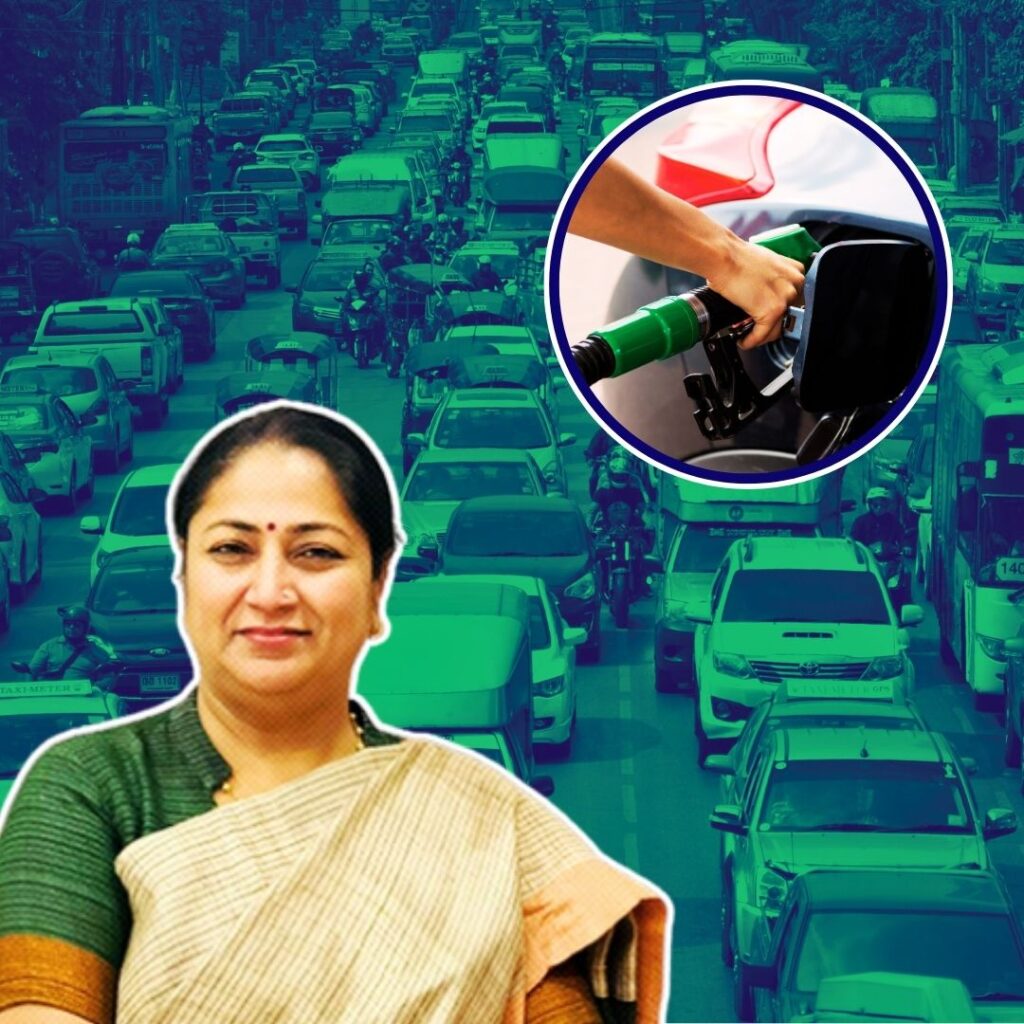Eminent economist and columnist Surjit Bhalla on Tuesday, December 11, announced that on December 1 he had resigned as the part-time member of the Economic Advisory Council to the Prime Minister. “I resigned as a part-time member of PMEAC on December 1,” Bhalla said in a tweet.
1/2 My forecast on Elections 2019; written as Contributing Editor Indian Express & Consultant @Network18Group
— Surjit Bhalla (@surjitbhalla) December 11, 2018
As Prime Minister’s Office (PMO) spokesperson informed that Prime Minister Narendra Modi has accepted his resignation and added, “In his request, he had stated that he would be joining some other organisation.” The announcement of his resignation comes mere hours after Reserve Bank Of Indian (RBI) governor Urjit Patel resigned from his post with immediate effect.
In September 2017, Prime Minister Narendra Modi set up the Economic Advisory Council to advise on economic and related issues to the Government of India. It is an independent body which consists of six members including NITI Aayog member Bibek Debroy, who serves as the Chairman of the council. Other members include economists Rathin Roy, Ashima Goyal and former bureaucrat Ratan Watal.
His views on new GDP calculation
Bhalla, who is known to be usually uncritical of the ruling government, had on December 1 written for a The Indian Express column, “I, along with others, also found it inappropriate for NITI Aayog to be directly involved in the presentation of statistical data by the CSO [Central Statistics Office].”
He was referring to the data released by the NITI Aayog and the CSO in a press conference on November 28. The government revised the GDP growth rates for the 2006-2012 period which went on to show that growth during the NDA government was higher than in the UPA period.
People reportedly criticized the presence of NITI Aayog, chaired by the PM while the numbers were declared, additionally, the nature of the data was also criticized. The former head of the CSO and chairman of the National Statistical Commission, Pronab Sen had criticised the way in which the data was released by the NITI Aayog. He said that this was tantamount to politicising institutions, reported The Wire. Meanwhile, NITI Aayog chairman Rajiv Kumar told The Indian Express that it was asked by the CSO to take a look at the data before it had been released.
Revised GDP numbers fuel controversy
On November 28, the government revised the 2006-2012 GDP growth rates to show a “more accurate picture of the economy”. As per the new estimates, India recorded a peak growth rate of 8.5% growth in 2010-11 as opposed to 10.3% for the same period in the old report. Niti Aayog, in its official statement, said that the back series had been checked for its “methodological soundness” by leading experts in the field.
Back series refer to revising the GDP in accordance with the changed base year. Changing the base year is done to calculate the GDP in line with the global trend to effectively capture the economic information accurately, reported The Economic Times.
The average growth for the UPA years in the period FY06 to FY12 before the back series was estimated to be 7.75%, but it has now been revised to 6.82% (6.7%). In comparison, the average growth rate under Modi government has been 7.35%. Congress leader and former Finance Minister P Chidambaram said that the numbers were a result of a hatchet job.
Also Read: Revised GDP Data Shows Modi Govt Better Than UPA, Centre Defends While Opposition Cries Foul












